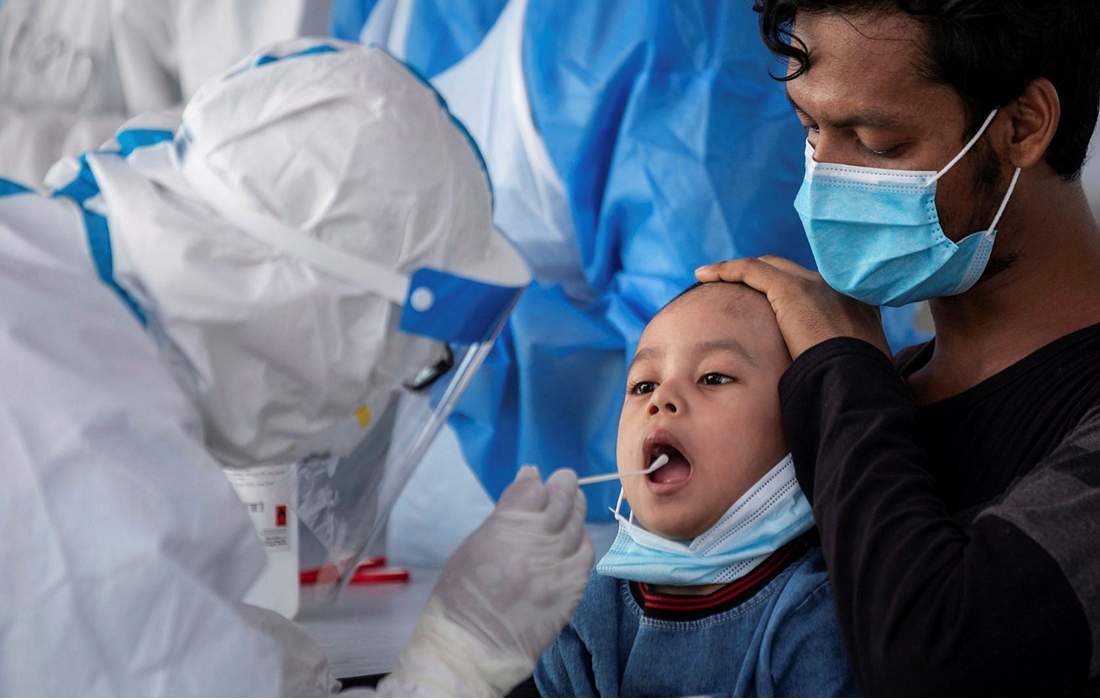COVID-19
Younger children may be more likely to transmit SARS-CoV-2 than adolescents
Children of all ages can become ill with coronavirus disease 2019 (COVID-19). But most kids who are infected typically don’t become as sick as adults and some might not show any symptoms at all.
According to the American Academy of Pediatrics and the Children’s Hospital Association, in the U.S. children represent about 13% of all COVID-19 cases. Research suggests that children younger than ages 10 to 14 are less likely to become infected with the virus that causes COVID-19 compared to people aged 20 and older.
However, some children become severely ill with COVID-19. They might need to be hospitalized, treated in the intensive care unit or placed on a ventilator to help them breathe, according to the Centers for Disease Control and Prevention (CDC).
A recent study compared the likelihood of children of different age groups transmitting SARS-CoV-2 to household members. They reported that children under 4 years old were more likely to transmit the virus to their parents and siblings than adolescents aged 14-17 years. Some of the risk factors associated with these findings were the delays in testing and larger household size.
The reopening of schools and the uptick in COVID-19 cases due to the rapid spread of the SARS-CoV-2 Delta variant has renewed concerns among parents and policymakers about the safety of children. Evidence suggesting differences in children’s susceptibility to contracting SARS-CoV-2 and their ability to spread the virus compared with adults has been highly variable. This lack of robust evidence is partly because some studies took place during the early part of the pandemic when limited unbiased data was available on how many children had contracted SARS-CoV-2.
Other variables are that lockdowns at this time likely coincided with the closure of school and childcare settings. This resulted in children having limited exposure to the virus, which led to the limited data on pediatric SARS-CoV-2 infections.
A team of researchers at Public Health Ontario in Canada compared the risk of transmission of SARS-CoV-2 to household members and found that young children, especially those aged 0-3 years, were more likely to transmit the virus to household members than adolescents aged 14-17 years. The researchers said that ne explanation is that parents cannot isolate from their infant children, and that other measures are needed to limit household transmission from kids, especially if there are high-risk adults within the home.
The increased likelihood of younger children transmitting the virus could be due to differences in the amount of virus in a child’s upper respiratory tract or behavioral dynamics among family members. There is some evidence suggesting that children younger than 5 years old may have higher amounts of virus in the upper respiratory tract than older children and adults. Higher amounts of the virus have associations with increased risk of SARS-CoV-2 transmission. However, contrary evidence suggests there is no difference in viral loads between younger and older children.
The authors conclude that early testing of pediatric index cases (first identified case in a group of cases) and reduced household size/crowding may be useful strategies to minimize secondary household transmission by children.
Source link: https://www.medicalnewstoday.com/articles/younger-children-may-be-more-likely-to-transmit-sars-cov-2-than-adolescents
Source link: https://www.mayoclinic.org/diseases-conditions/coronavirus/in-depth/coronavirus-in-babies-and-children/art-20484405

